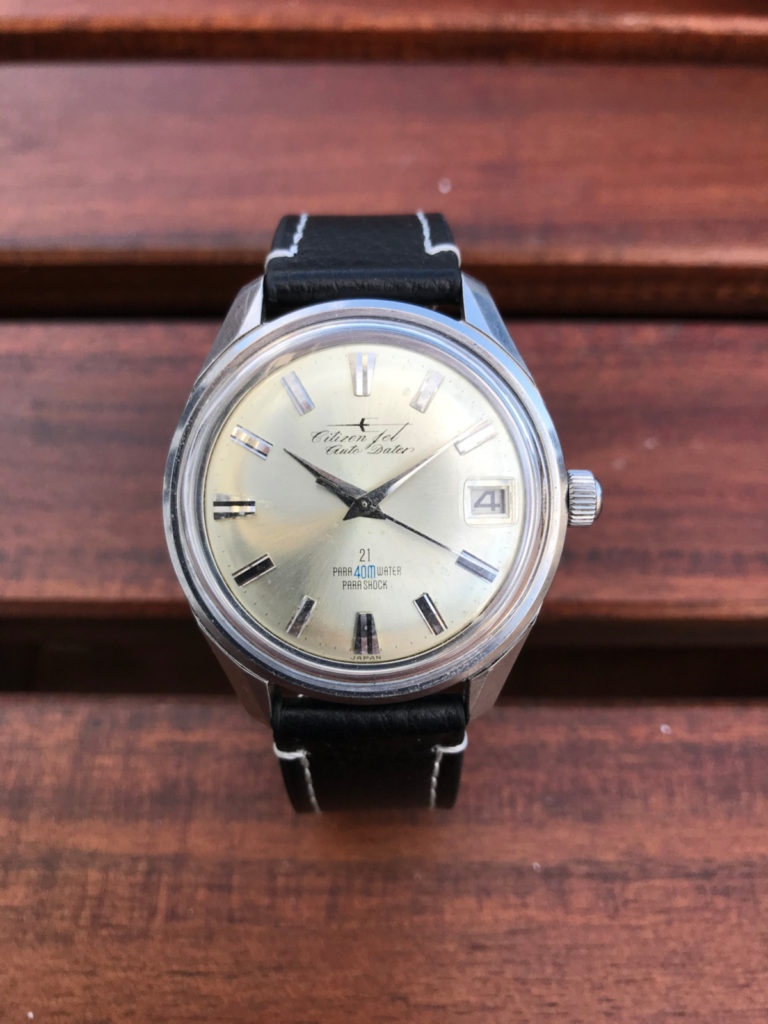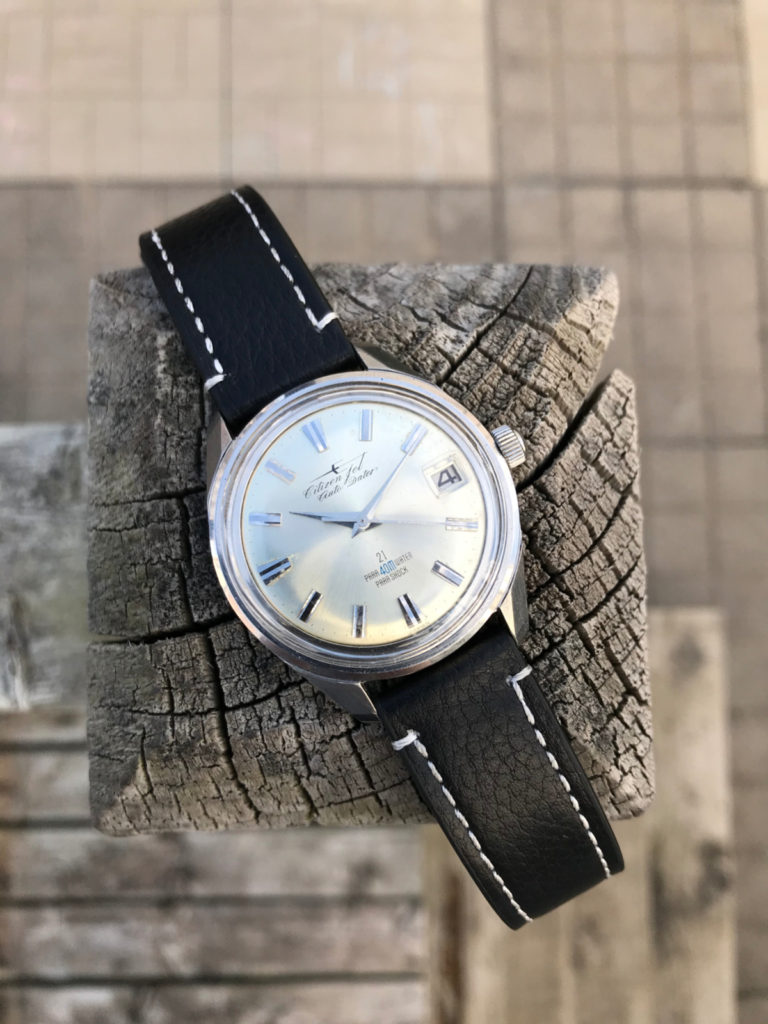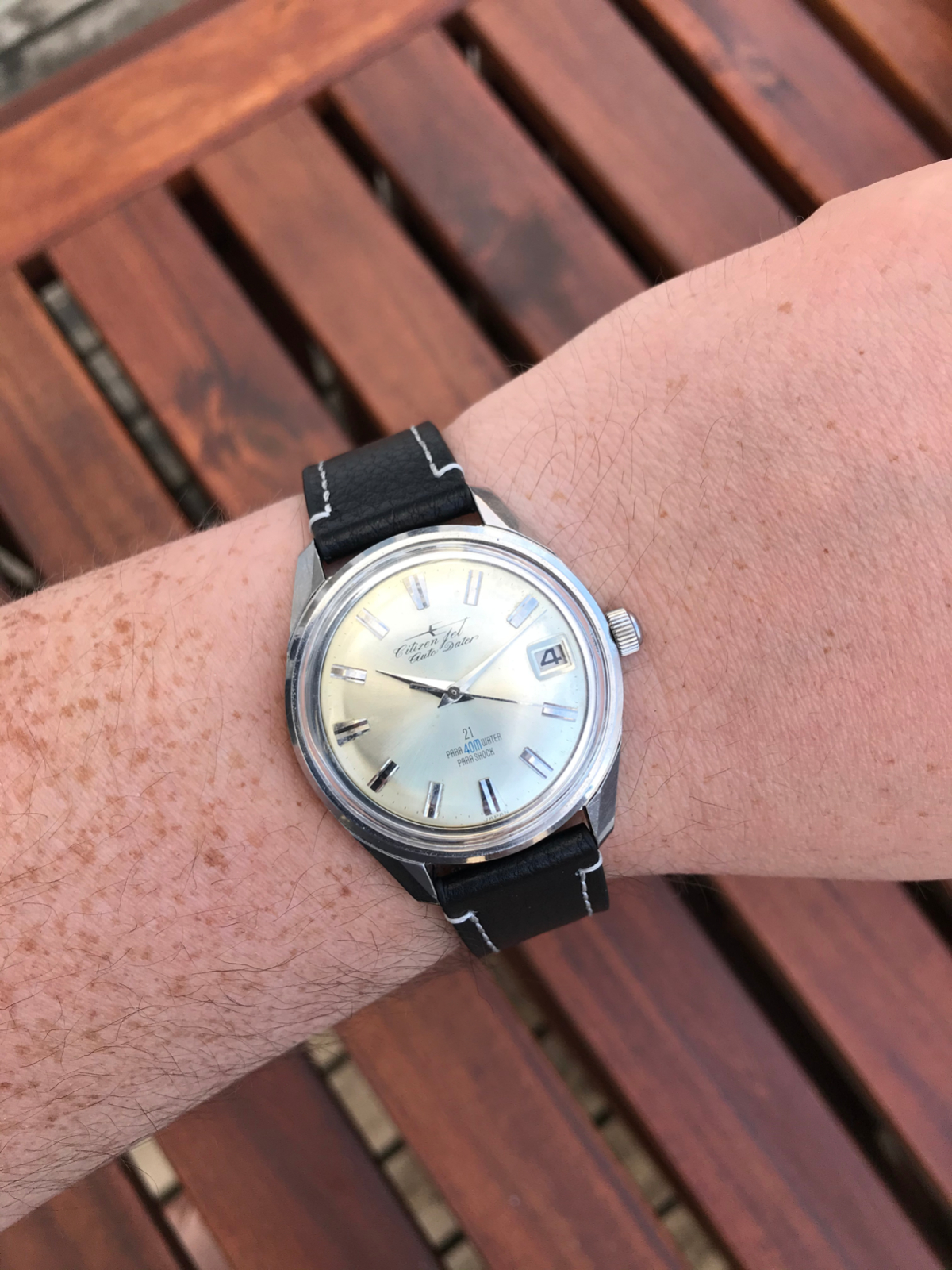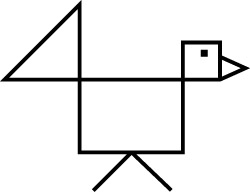The soft whine that began somewhere behind you has grown to a dull roar. As the speed increases, you feel your body being pushed back into your seat. You’re aware of a faint mechanical rattle and the clinking of the white coffee cups and saucers stored in the galley just ahead. The angle of the deck changes slightly and you’re pushed even further into your seat. There’s a split second of almost-weightlessness as the wings cleave the air and you escape the bonds of earth. Now, a sharp whine, click and thump as the landing gear is drawn into the belly of the beast you’re riding into the growing dusk. A glance out the window reveals the expanse of Tokyo Bay, the colour of charcoal and deepening in the sun’s last gasp. The golden light, tinged in rust, bounces off the polished aluminum of the wing and plays across the cabin, illuminating the other passengers bound first for Honolulu and then San Francisco. You glance at your watch, purchased just yesterday from a Tokyo jeweler. It’s just after 7 and it will be a short night. Seven hours of racing against the dawn to Honolulu. Three more home to San Francisco. It’s the fall of 1964 – the early years of the Jet Age. And, fittingly, there’s a Citizen Jet Auto Dater on your wrist.
This is our next stop on this journey through vintage Citizen. It looks very much like the popular dress watch of the day – three hands gliding across a sunburst silver dial behind acrylic – telling you nothing more than the time and the date. It’s undoubtedly an attractive piece and uncommonly large for the era at 39mm case diameter and a relatively long lug to lug of 45mm.

The dial has aged to a light champagne colour from the original silver. The silver-toned hour markers are applied and feature cut outs that pleasingly catch and reflect the light. The dauphine hands are also silver-toned and high polished. The rest of the dial is printed, including the charming Jet logo below the 12 o’clock marker. The only pop of colour, a sky blue, comes courtesy of the water resistance rating of 40 metres. The all stainless steel case is substantial but beautiful with faceted upper surfaces to the thick lugs.
The now defunct Star Watch Case Company, an American outfit that made cases for Citizen, Orient, Longines, Hamilton, Elgin, Gruen and Omega, produced the case. And it’s the case of this Citizen Jet Auto Dater, behind a snap on caseback cover, that hides the real star of the show. Produced from 1961 to 1967, the “Jet” automatic was only Citizen’s second attempt at a self-winding mechanism. The movement uses a circular rotor with an oscillating weight on one half. When in action, it produces a pleasingly deep mechanical whirring. It ticks at a quiet and leisurely 18,000 bph and, while it does not hack, it can be hand wound via the large bullet crown reminiscent of fliegers and divers. The rumour is that Citizen gave it the “Jet” moniker because it sounds like a jet engine in operation.

Having spent enough time around jets, I doubt this theory. In my opinion, it’s more likely due to the movement’s close resemblance to the open face of a jet engine when viewed from the front – with a fixed, open hub and a circular arrangement of blades rotating around it. There are some great photographs of the movement as well as a good review of another Jet model here. The other, and perhaps even more likely reason, is that Citizen was simply capitalizing on the dawn of the Jet Age, the growth in airline travel among the general public and the glamour of a jet-setting lifestyle. These Citizen Jet Auto Dater watches are affordable and readily available, particularly on the Japanese auction sites. Warning: these sites open a multitude of rabbit holes. While that may present a risk to your wallet over time, the chance to learn and have fun is worth it. A hint as to what’s next: choo-choo!


Leave a Reply
You must be logged in to post a comment.